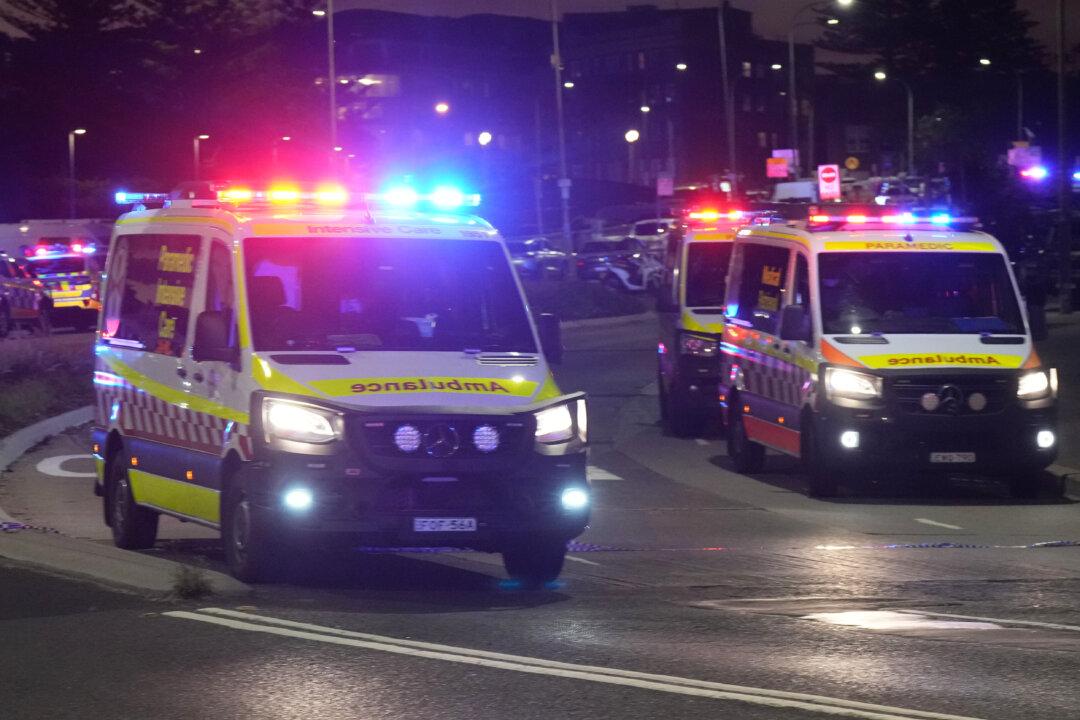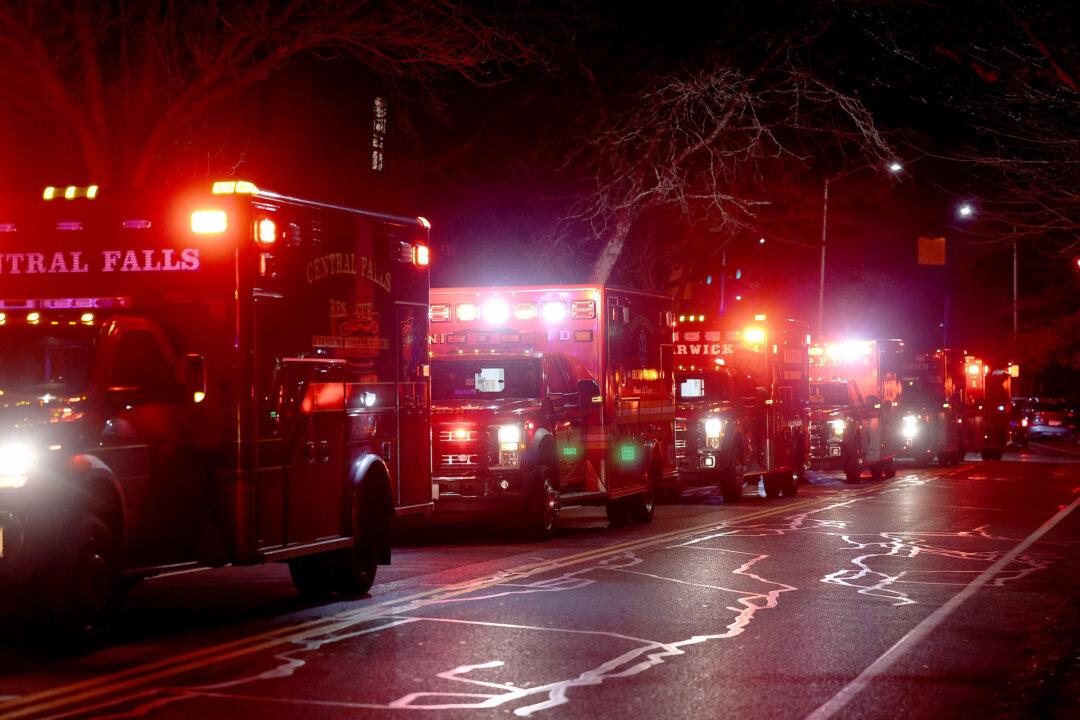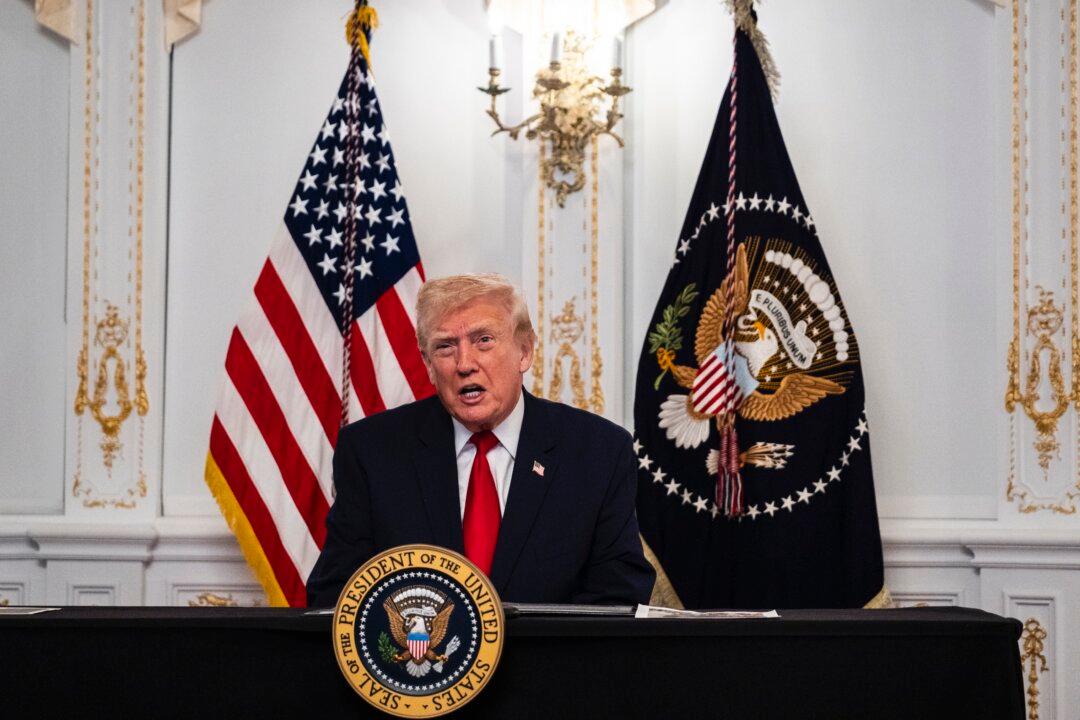NEW YORK—Michael O'Malley’s Ditmas Park Victorian home is loaded with old world character and charm, humble décor mixed with antique treasures. Built in the early 1900s, his home is not overly modernized and still dons the original stained glass windows.
But there is one small modernization that makes O'Malley’s home stand out from all the other Victorian homes on the block: a 6.9 kilowatt solar panel array that sits atop his Dutch gambrel-style roof.

Michael O'Malley at his home, one of only two houses in his Ditmas Park neighborhood to have solar panels, in Brooklyn, New York, on Aug. 3, 2015. Samira Bouaou/Epoch Times




